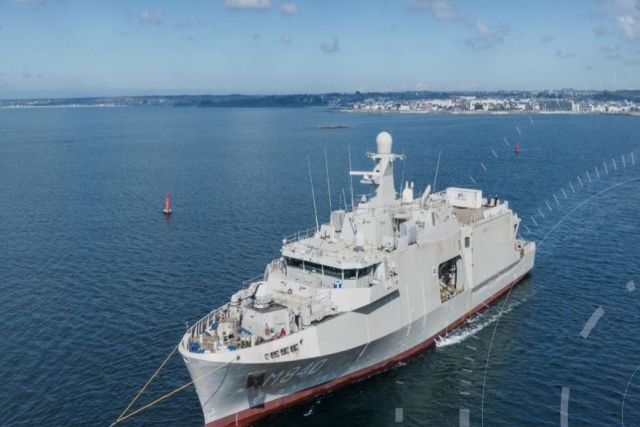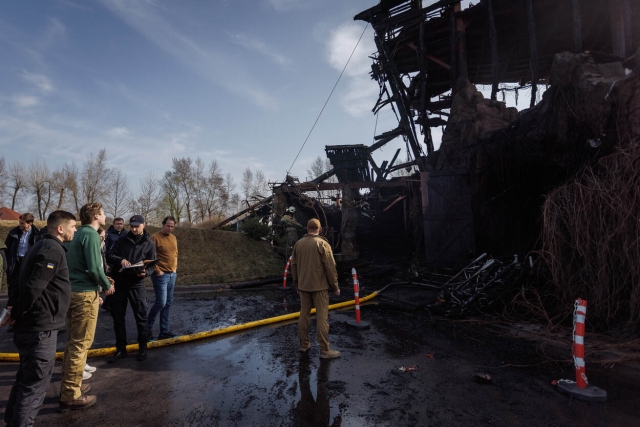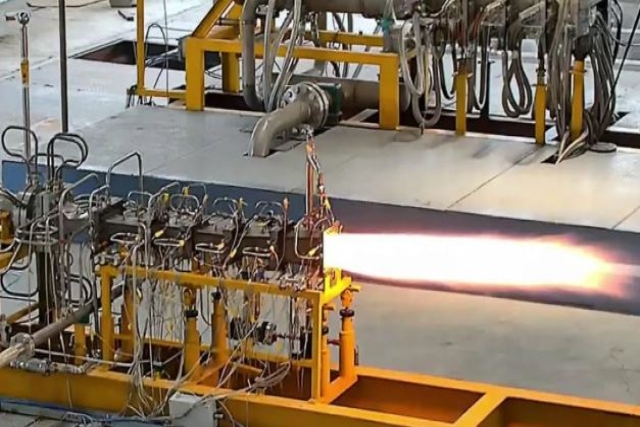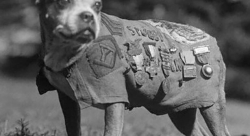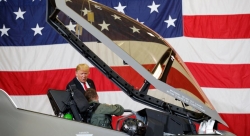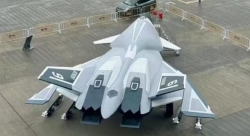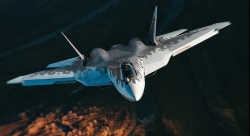Netherlands to Upgrade Apache/Chinook Helicopters, Acquire Maritime Drones and Armored Vehicles
Dutch Defence outlines 17 new equipment projects as Europe adjusts to shifting security landscape

The Netherlands is moving forward with a major military modernization effort that includes the acquisition of maritime drones, armored tracked vehicles, and upgrades to key helicopters, the Ministry of Defence confirmed on April 23.
State Secretary Gijs Tuinman informed the Dutch House of Representatives about the plan, which outlines 17 high-priority defense procurement projects. These initiatives are part of a broader response to evolving geopolitical conditions in Europe and growing expectations for the continent to strengthen its own defense posture.
“Given the changing security relationship with the United States, Europe must take more responsibility,” Tuinman said. “Defence must have the necessary equipment available in time for deterrence and operational readiness.”
Among the key projects is the purchase of maritime unmanned systems. These include both aerial and surface drones, which will support naval operations by identifying threats at a distance, mapping unknown zones, and contributing to anti-submarine warfare—all while keeping personnel out of harm’s way. The drones will be launched from naval ships and used during both maritime patrol and coastal combat missions.
Another priority is the accelerated procurement of 100 to 150 armored tracked vehicles for the army’s heavy infantry brigade. These vehicles are expected to offer high mobility in difficult terrain, increased protection for troops, and ease of use and maintenance. The Ministry plans to acquire them through a single-source route—meaning the platform is already in use by Dutch forces—enabling faster contracting and delivery.
The modernization effort also includes updates to 28 AH-64E Apache attack helicopters and 20 Chinook transport helicopters between 2027 and 2032. The upgrades will involve enhancements to weaponry and defensive systems, such as the installation of miniguns in Chinooks to replace outdated armaments. Software and hardware in both aircraft types will also be modernized. These upgrades will be mirrored in their associated flight simulators to improve training realism.

